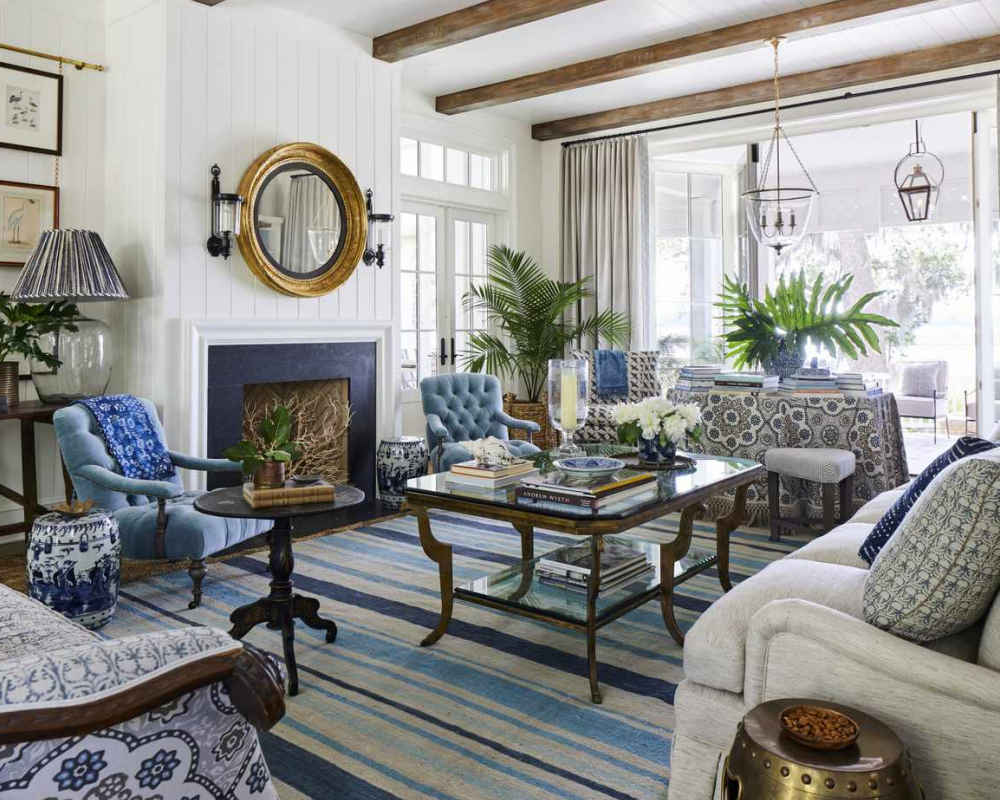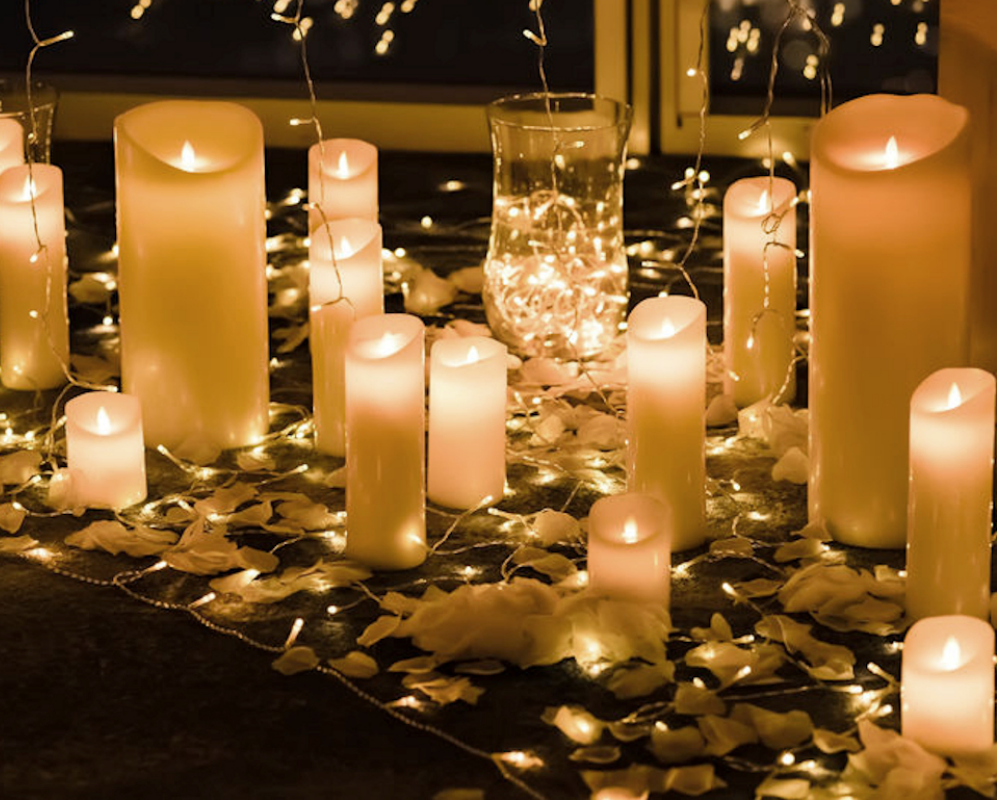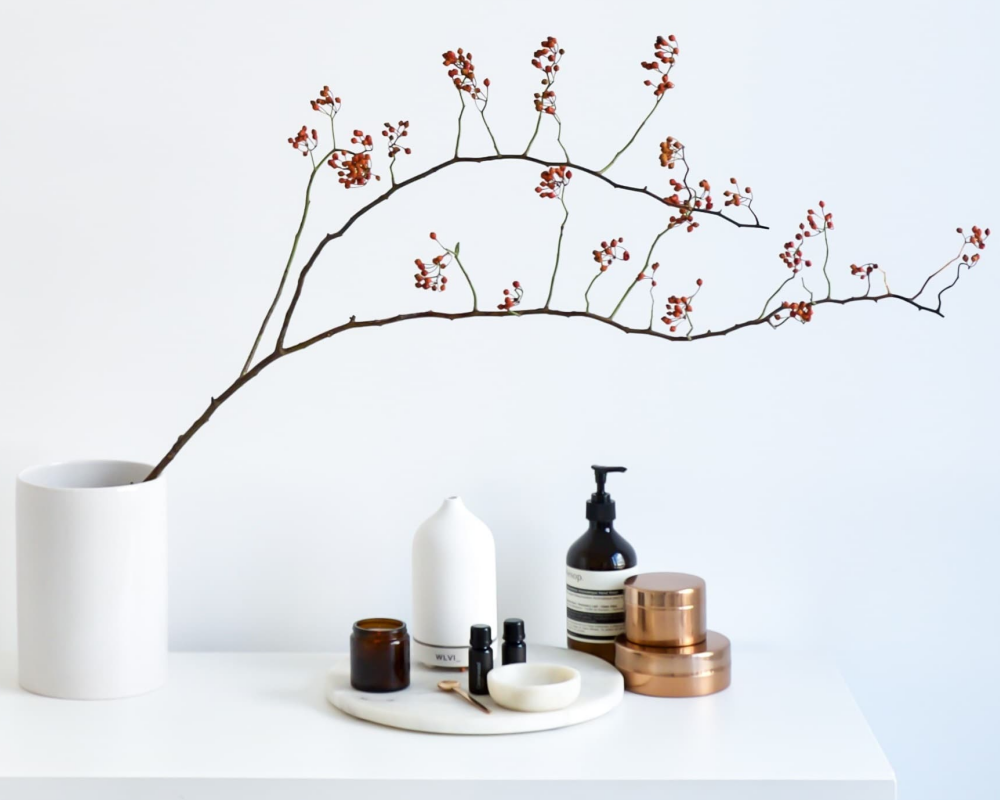10 Qualities Of A Good Carpet
Carpets are a part of life. Whether you live in an apartment, a condo, or even your own home, carpets are required. They serve as padding from hard surfaces and provide a non-slip area for furniture to lie on. Since it is so important that carpets be of good quality for the many purposes they serve, there are certain qualities that can be identified as being indicative of this designation. Here is an explanation of these characteristics:
1) Carpet density
: Carpet density is the amount of weight per unit space. A higher number represents a heavier carpet. Therefore, a good quality high density carpet is more rigid and resistant to wear and tear than a low density carpet.
2) Color:
Color is often confused with the quality of carpet, when in fact color has nothing to do with that quality. The color spectrum in which various areas are is what gives the carpets their true beauty and aesthetic value. The more vibrant colors are more desirable than their muted counterparts, as they tend to appear more rich and luxurious due to their contrast with the surroundings upon which they are placed.
3) Curliness:
This is related to color but not directly to it. Curliness is the texture of the carpet. Bold and intricate patterns and designs tend to be more expensive and thus more desirable than carpets with a less intricate look.
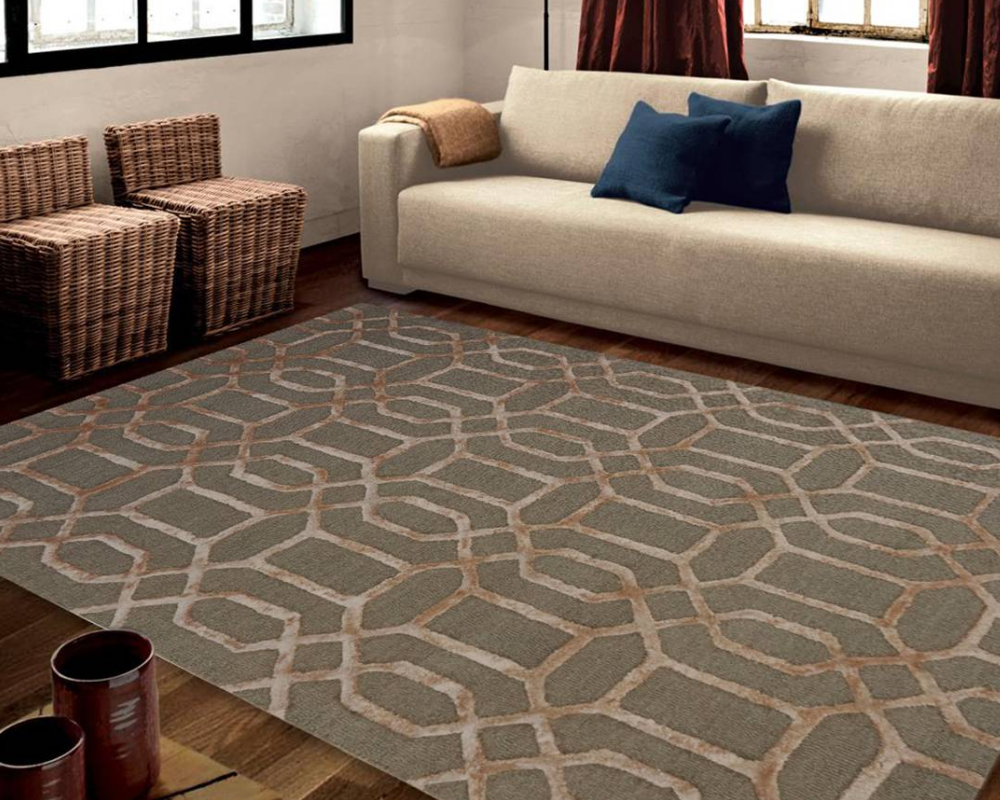
4) Density:
Density refers to how thick or thin the carpet is. In general, higher density carpets tend to be thicker than their lower density counterparts. This can give them a greater resistance to wear and tear from use in an area where people are walking on them consistently i.e., an apartment or home.
5) Fading:
This refers to how much the colors fade with time, being worn down by use, or by exposure to weather conditions.
6) Pattern:
This is similar in quality to color but is not exactly determined by it. Pattern refers to the type of pattern or design (dots, stripes, a combination of both) that the carpet has on its surface. In general patterns tend to be more expensive than their plain carpet counterparts.
7) Welt:
The word “welt” refers to the binding around a piece of carpet in which it is bound so as to prevent fraying. The quality and thickness of this wad tends to correlate with the quality of the carpet itself.
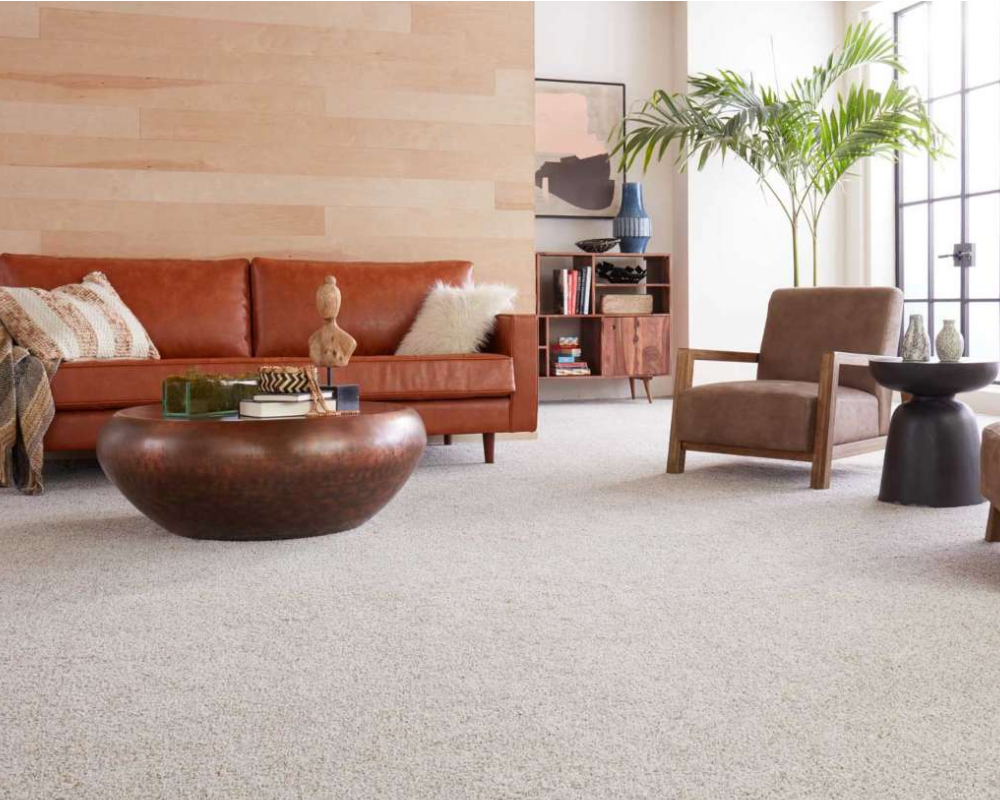
8) Weave:
Weave refers to the pattern of threads that make up the yarn used in making a piece of carpet (also known as tufting). The more intricate and detailed, the more expensive and sturdy.
9) Thread Count:
This refers to how many threads are used in the yarn which makes up the carpeting. The higher the thread count, the better quality it is considered to be by most. Greater durability can be enjoyed with higher thread counts.
10) Durability:
This is a quality that no one looks forward to but is necessary in order to ensure they can get their money out of their carpeting purchase. Durability relates primarily to density and color as discussed above, but also can be affected by other factors such as wear and tear, excessive foot traffic, use of heavy furniture e.g., sofa or table.
Conclusion
Carpets are an important part of one’s lifestyle that should be treated with the utmost respect. Just as carpets have different properties, so does the carpet industry. The raw materials used in making carpets are far from similar from manufacturing to manufacturing. Therefore, quality carpets should be chosen very carefully and quality of all factors should be judged thoroughly before making a purchase.

